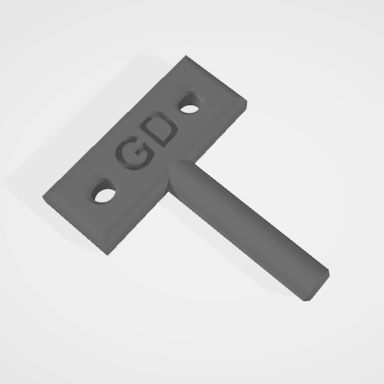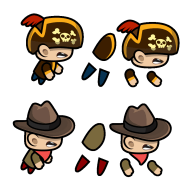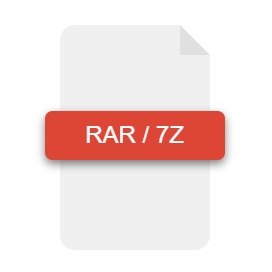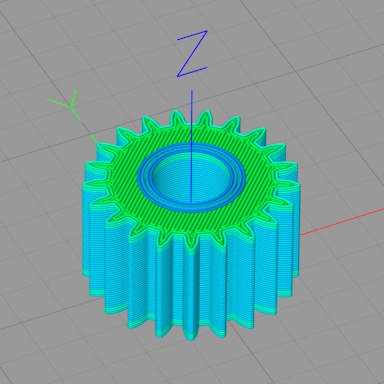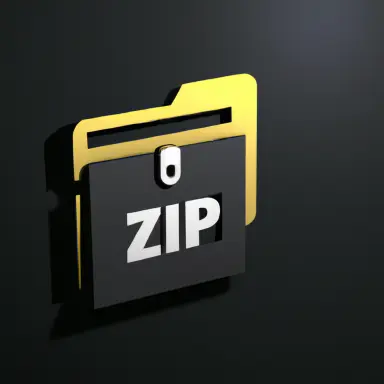BMP file format information
| Extension | BMP |
| Full Name | Bitmap Image File |
| Type | Image |
| Mime Type | image/bmp |
| Format | Binary |
| Opens With | Paint.Net |
BMP files are used to store bitmap images in a simple and uncompressed manner. Introduced by Microsoft in the 1980s as a standard image format for use with their Windows operating system, the format has evolved over the years and is still relevant today.
Due to the uncompressed nature of BMP files, they can quickly grow in size when using high resolutions. Modern formats such as PNG and JPEG can be used as an alternative when dealing with larger images or images where transparency is a requirement (PNG only).
The BMP format supports different pixel colour depths, allowing creators to minimise file sizes if their content has a lower colour depth. Due to their age and popularity, BMP files can be opened in most modern image editing applications without requiring conversion tools.
Repairing a BMP File
BMP Image File Header Data
The data contained within a BMP image file is binary, and it is the first sequence of bytes within the file that contains the header data for the image, which contains information such as image width, height, colour depth, palette, and other metadata.
Knowing how this header data is formed and what the header data should be for each individual file type allows our tool to not only ensure the file is using the correct file extension but also that all the expected pixel data is present and correct.
Pixel Colour Depth and Palettes
Certain image file formats (oftentimes, but not always, older formats), such as BMP, can store pixel data using a reduced number of bits per pixel. For regular full-colour images, these are stored at 24-bits per pixel (1 byte per RGB channel, equating to roughly 16 million colours). Storing pixels using reduced bits per pixel can help reduce the final file size, and older legacy hardware was often limited by the colour depth of their displays anyway, making this practice worthwhile.
Palettes are also commonplace, allowing a limited number of colours to be used from the full 16 million colour space. The BMP often does this to significantly reduce file size while retaining pixel and colour detail. During the validation and repair process, our tool will not alter the pixel colour depth or, if present, any palette used by the image.

